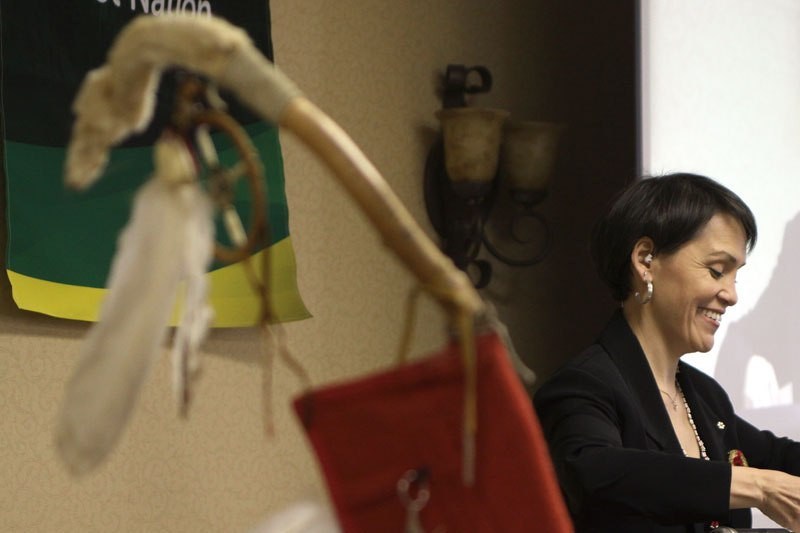A dozen regional First Nations communities are looking for strength in numbers when it comes to economic development.
The first ever Robinson Superior Regional Economic Development Summit, being held from Tuesday to Thursday in Thunder Bay, is a chance for communities under the Robinson Superior Treaty to get together and build a regional strategy.
Ranging from the U.S. Border to Whitesand First Nation in the North and Michipicoten in the East, there are a lot of economic opportunities in the region. But until now, most communities were working in isolation or small partnerships. Tapping into the potential of all 12,500 people within the Robinson Superior territory can help the region as a whole.
"We all have common interests and it's time for us to sit down together to share those common interests," Nokiiwin Tribal Council economic development officer Catherine Banning said.
Gull Bay First Nation chief Wilfred King said mining, forestry and energy projects, such as the Little Jackfish River project, shows that the communities have the resources to build the region.
"We don't want to isolate ourselves to one particular industry, we want to make sure that communities work in partnership," he said.
King is hoping that a fund like the Nishnawbe Aski Development Fund, which help businesses grow in Nishawbe Aski Nation territory, can be set up for the Robinson Superior territory.
"The time is now, the time is right," he said.
Biinjitiwaabik Zaaging Anishinaabek, formerly Rocky Bay First Nation, chief Valda Lesperance said smaller communities face a lot of challenges and barriers for economic development.
Although Biinjitiwaabik Zaaging Anishinaabek is one of five communities signed on for the Little Jackfish project, which will create 15 years of employment and allow those communities to develop green energy projects, maximizing growth with a 300-person community can be difficult.
Combining resources with other communities will make it easier.
"It's kind of exciting to be able to look at doing it on a regional level," she said.
